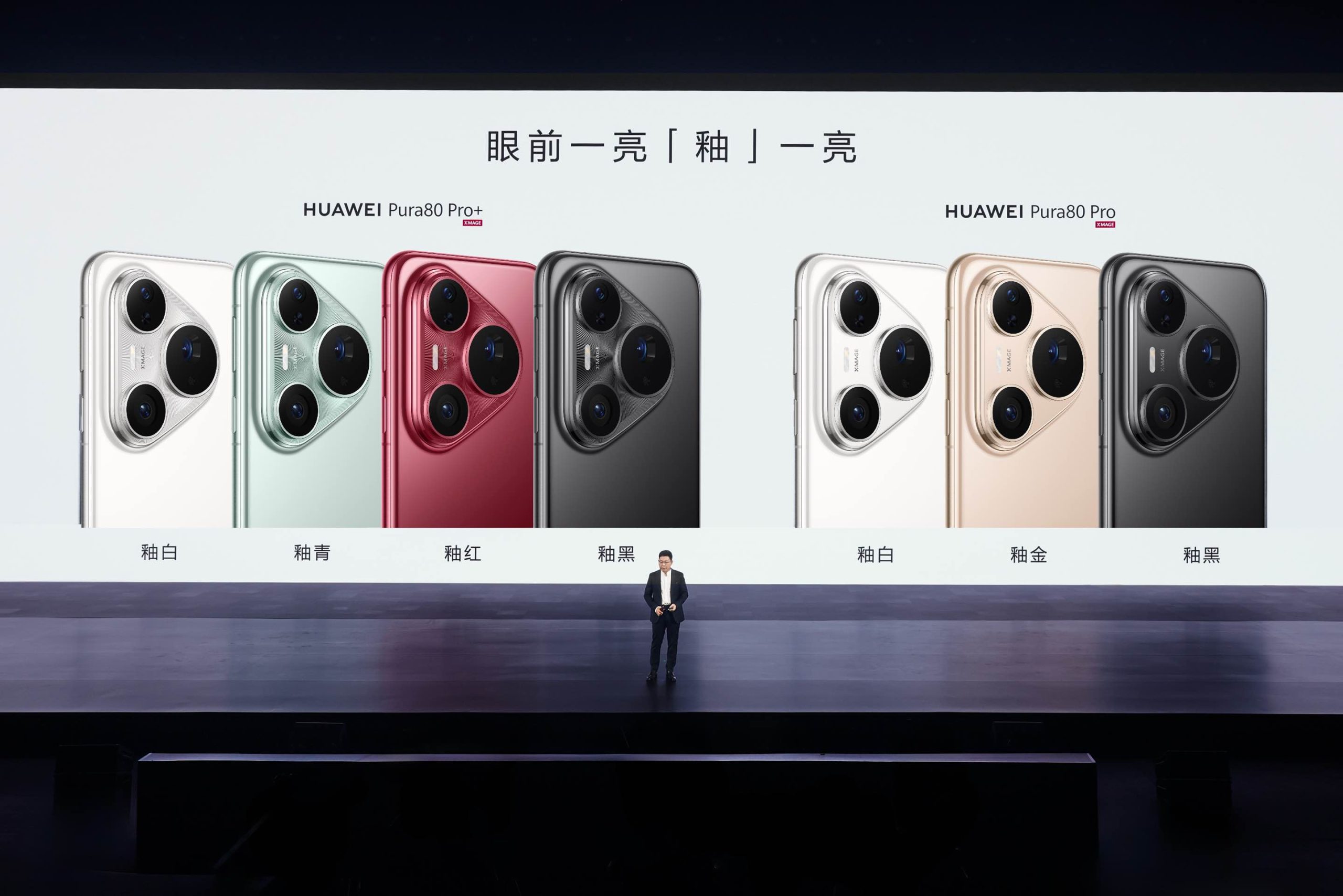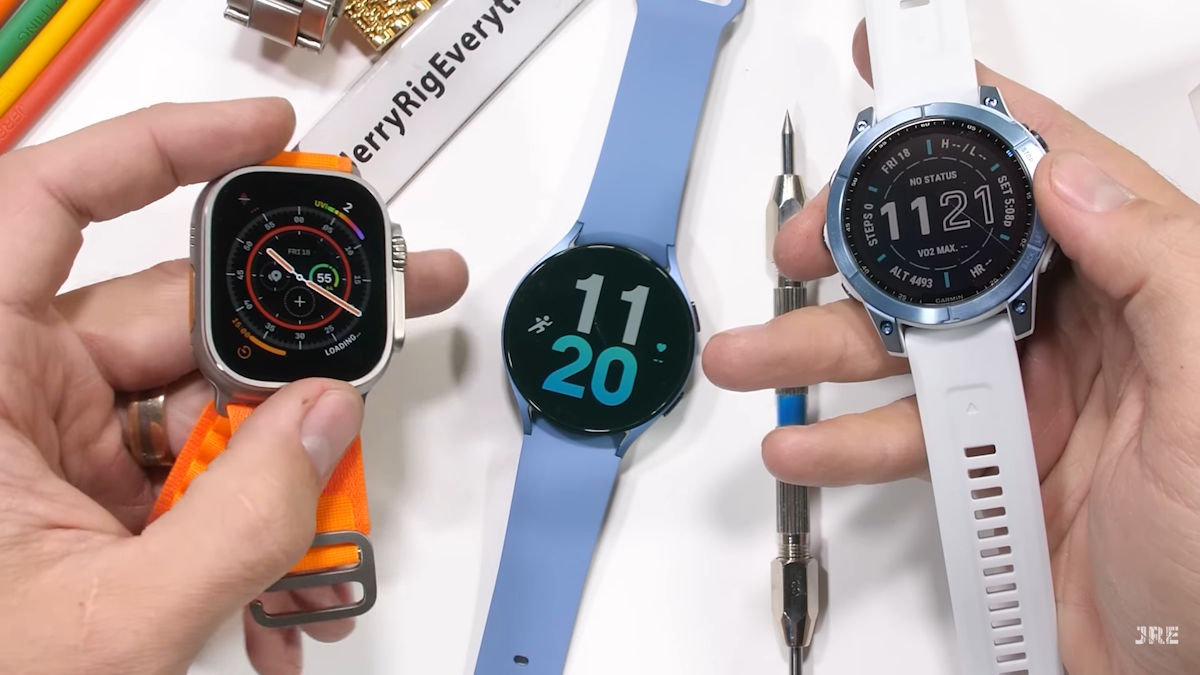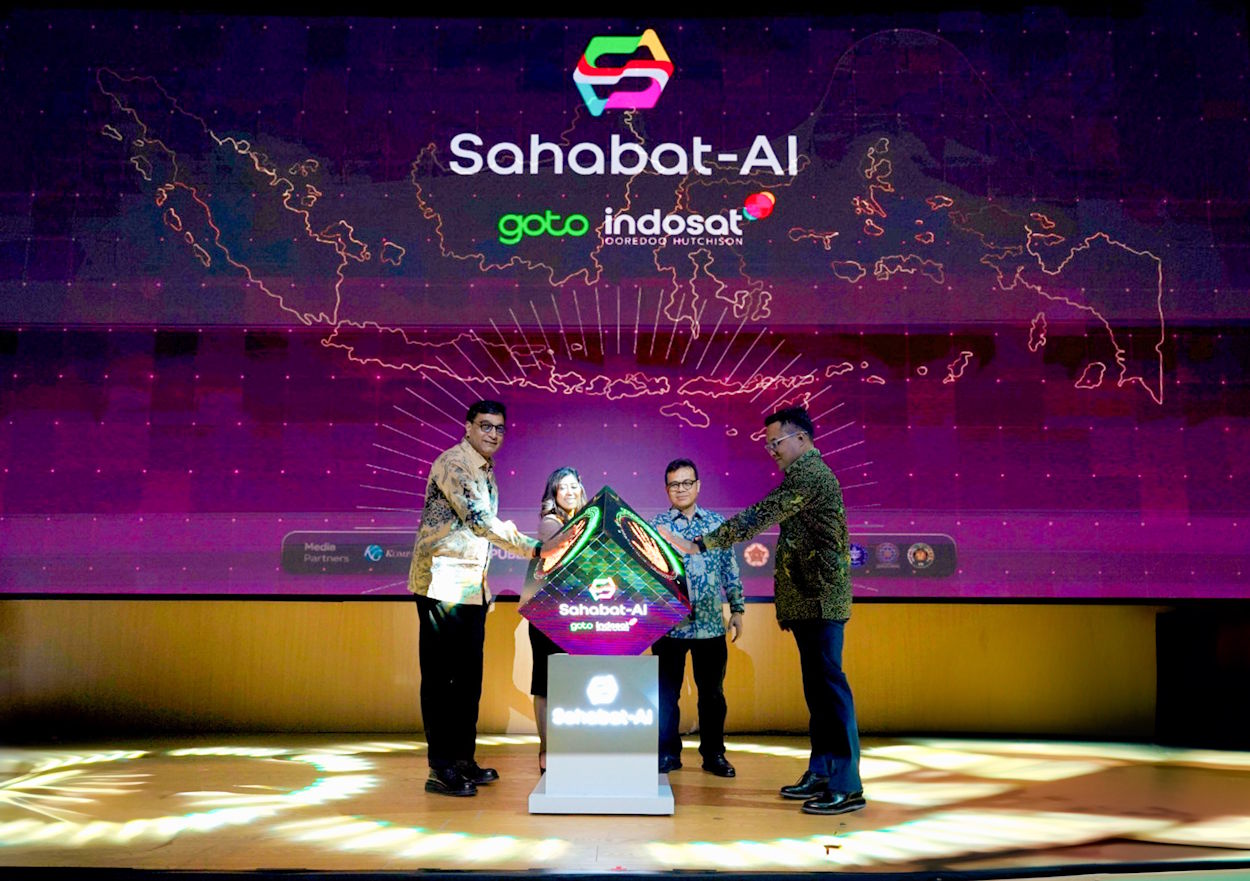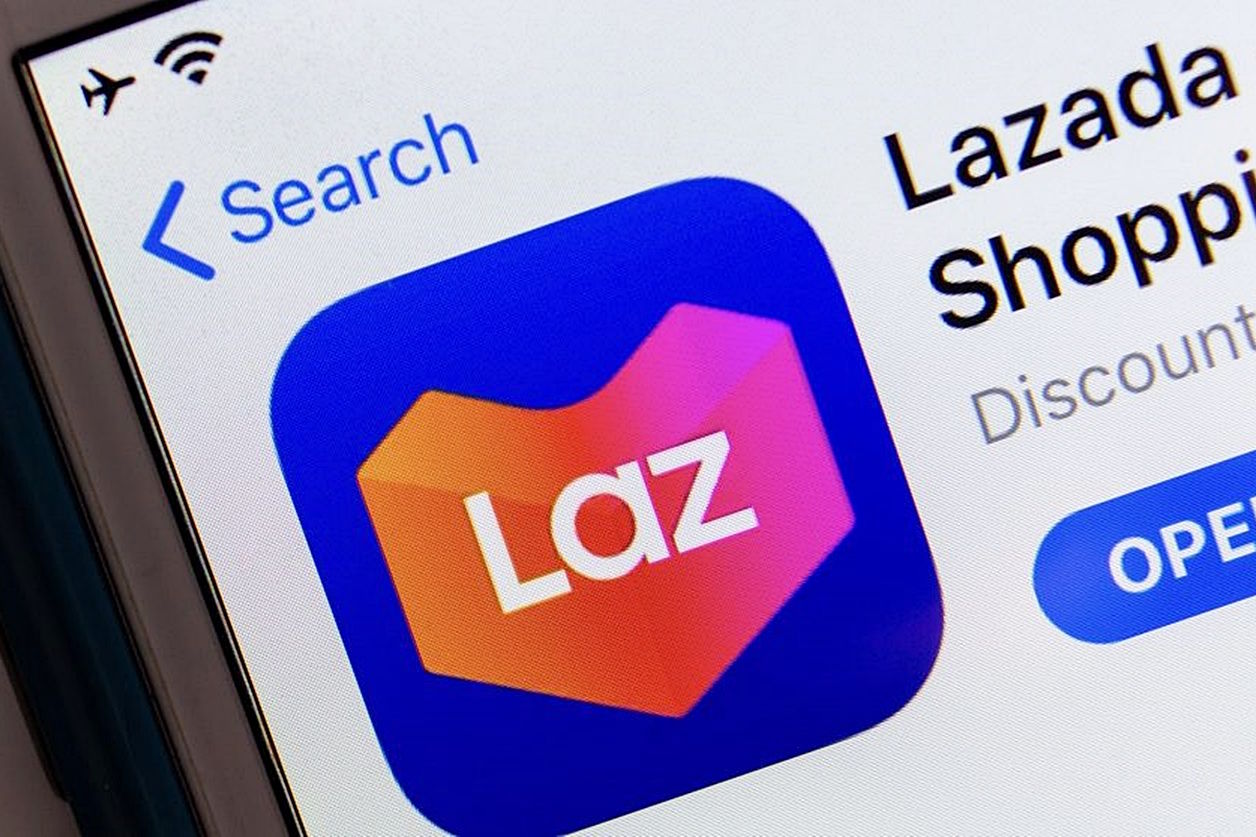
The global smart glasses market experienced a remarkable 110% year-on-year (YoY) growth in shipments during the first half of 2025, driven largely by the booming demand for Ray-Ban Meta AI Glasses and the entry of several new players, according to Counterpoint Research’s latest Global Smart Glasses Model Shipments Tracker.
Key takeaways:
- Global smart glasses shipments grew 110% YoY in H1 2025; AI smart glasses made up 78% of shipments.
- Meta held about 73% market share in H1 2025, supported by Luxottica’s expanded manufacturing and retail channels.
- New entrants (Xiaomi, TCL‑RayNeo, Kopin Solos, Thunderobot) and chipset advances (Qualcomm AR 1+ Gen 1) are broadening choice and use cases.
- Fast growth is expected to continue through 2026 with a revised market outlook showing strong CAGR potential.
Meta’s dominance in the sector has reached an unprecedented level, capturing 73% of the global market share in H1 2025. This performance was boosted by increased production capacity at Luxottica—Meta’s manufacturing partner—and expanded retail channels in both online and offline markets.
“The global tariff crisis for electronic devices in early 2025 has had limited impact on the smart glasses market so far, as the situation remains manageable for key OEMs and their partners,”
said Flora Tang, Senior Research Analyst at Counterpoint Research.
AI Glasses Outpace the Market
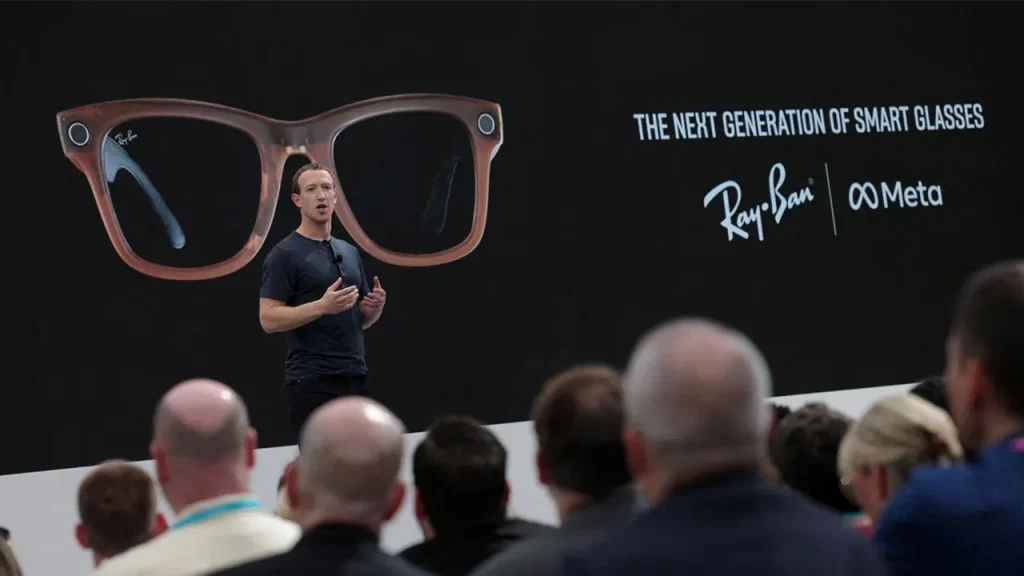
AI-powered smart glasses accounted for 78% of total shipments in H1 2025, a significant leap from 46% in the same period last year and 66% in H2 2024. The segment recorded over 250% YoY growth, fuelled by strong uptake of the Ray-Ban Meta AI Glasses and growing consumer appetite for AI-enabled functionalities.
Meta’s shipments for its Ray-Ban Meta AI Glasses rose more than 200% YoY, driven by product diversification, such as new style variants, and expanded retail networks like Ray-Ban stores, Sunglass Hut, and LensCrafters. Luxottica’s involvement not only improved supply scalability but also strengthened brand visibility in key regions.
“Despite the launch of new products from other brands, Meta’s market position strengthened thanks to a mix of style appeal, AI capabilities, and aggressive distribution,”
Tang added.
Rising Challengers: Xiaomi, TCL-RayNeo, and Others
While Meta leads the market, Chinese brands are making noticeable strides. TCL-RayNeo’s V3 series, Xiaomi’s debut AI Glasses, and Thunderobot’s AURA smart glasses were among the notable entrants in H1 2025.
Xiaomi’s AI Glasses, launched for just a week during the period, quickly became the fourth best-selling smart glasses model globally and the third best-selling AI glasses. The surge was powered by strong demand from tech enthusiasts and loyal Mi fans in China, with expectations for further performance boosts via software updates.
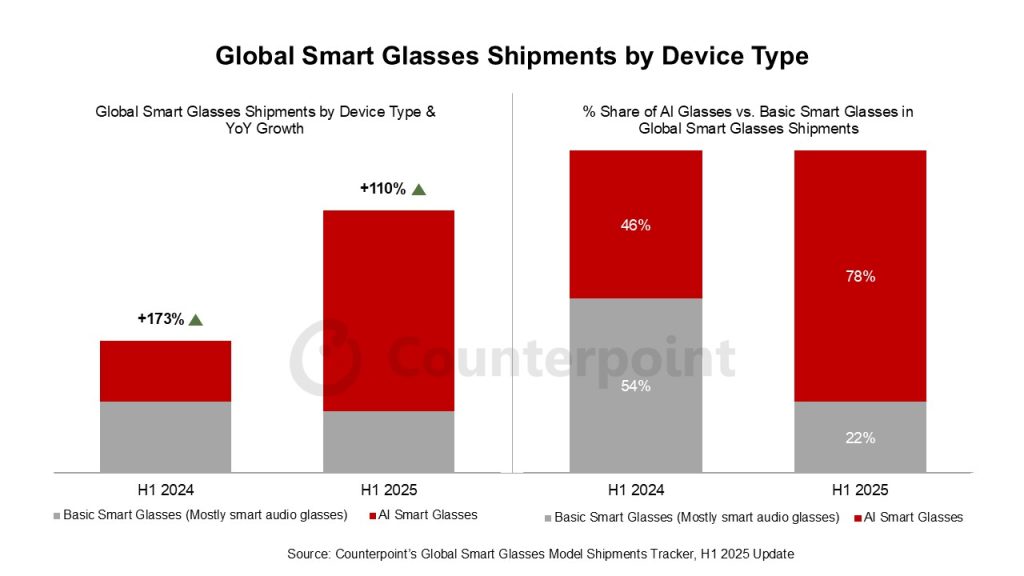
The rise of AI glasses has dented the market for smart audio glasses—products from brands like Huawei, Amazon, and Mijia (Xiaomi’s ecosystem brand). Consumers are increasingly attracted to AI glasses’ advanced capabilities such as photo/video capture, object recognition, live translation, and even emerging payment solutions, like those being tested by Alibaba’s Quark AI Glasses.
Akshay RS, Research Analyst at Counterpoint, noted that these functionalities are designed to reduce reliance on smartphones for everyday transactions, especially in outdoor shopping and dining scenarios.
Regional Growth and Market Expansion
North America, Western Europe, and Australia continue to lead in smart glasses adoption, thanks to the availability of Ray-Ban Meta AI Glasses. In Q2 2025, Meta expanded into India, Mexico, and the UAE, driving further shipment growth.
The second half of 2025 is expected to see new AI glasses launches from major tech companies, including Meta’s Oakley Meta glasses—targeted at athletes with improved battery life and enhanced video capabilities—and Alibaba’s commercial debut in the segment.
Market speculation also points to Apple developing its first AI glasses, potentially intensifying competition in the years ahead.
Tech Innovations and Market Outlook
In the hardware space, Qualcomm introduced its upgraded AR 1+ Gen 1 chip, which is 26% smaller and consumes 7% less power, enabling slimmer designs and longer battery life. Chinese chipset makers such as Allwinner Technology are entering with budget SoC solutions to support more affordable models.
Counterpoint has now revised its market forecast upward, predicting the smart glasses sector will grow at a compound annual growth rate (CAGR) of over 60% between 2024 and 2029. This growth will benefit stakeholders across the ecosystem—from OEMs and chip vendors to optical component suppliers and traditional eyewear retailers.
With expanding applications in AI, immersive experiences, and even cashless payments, the smart glasses market is positioning itself as one of the fastest-growing categories in consumer electronics.









